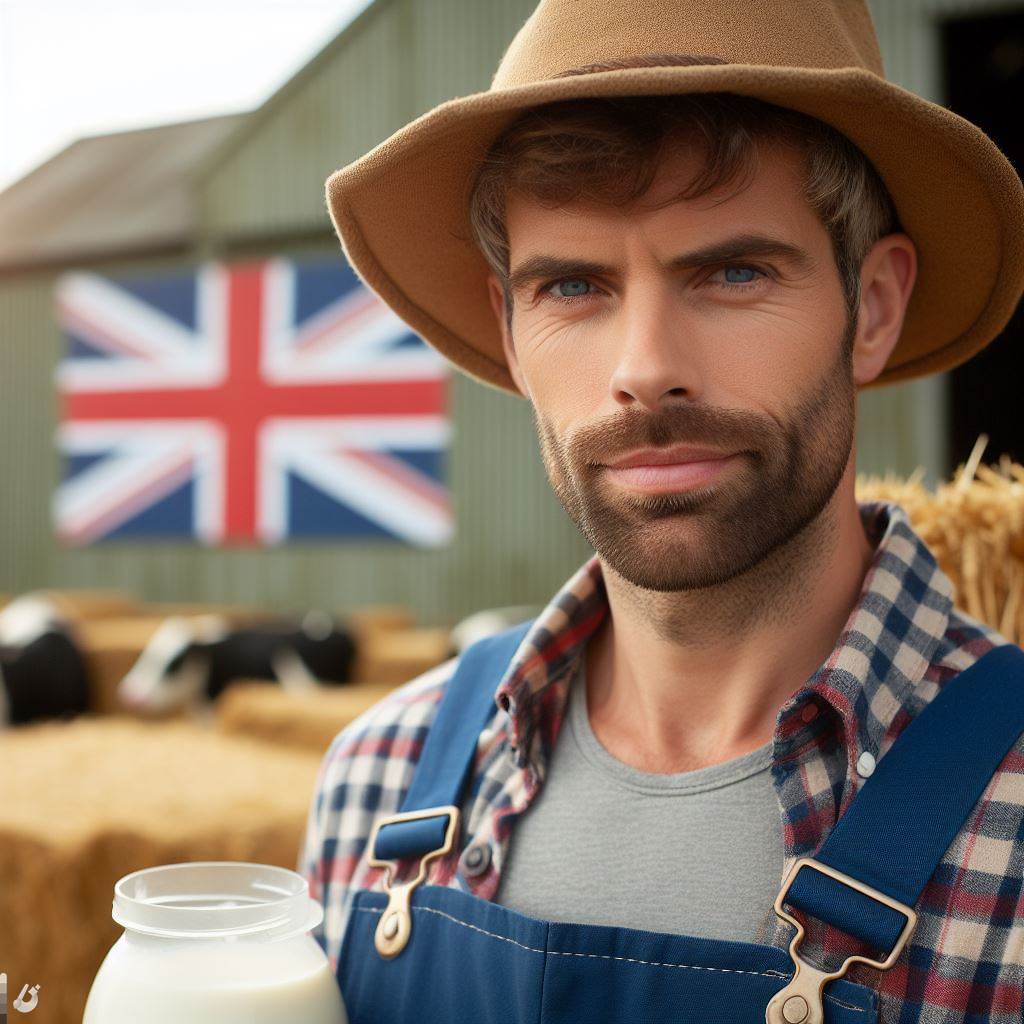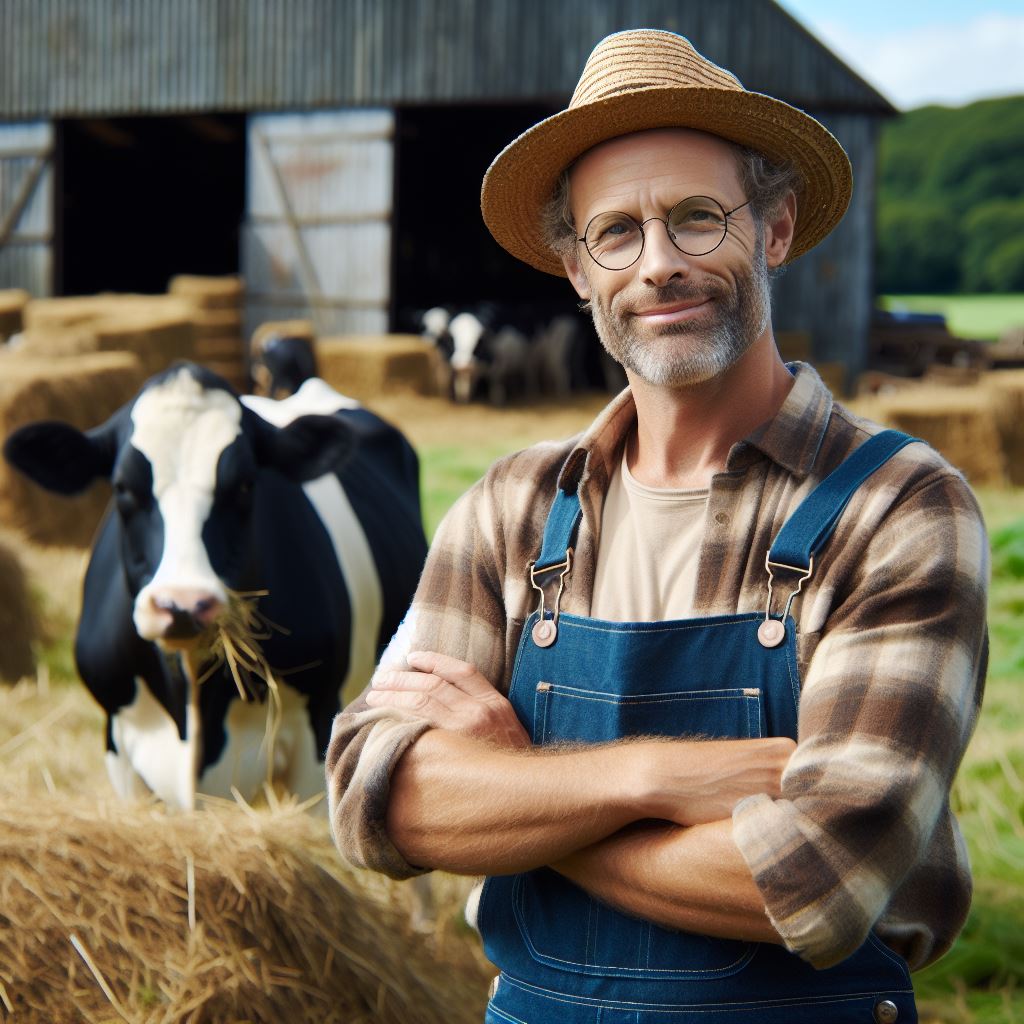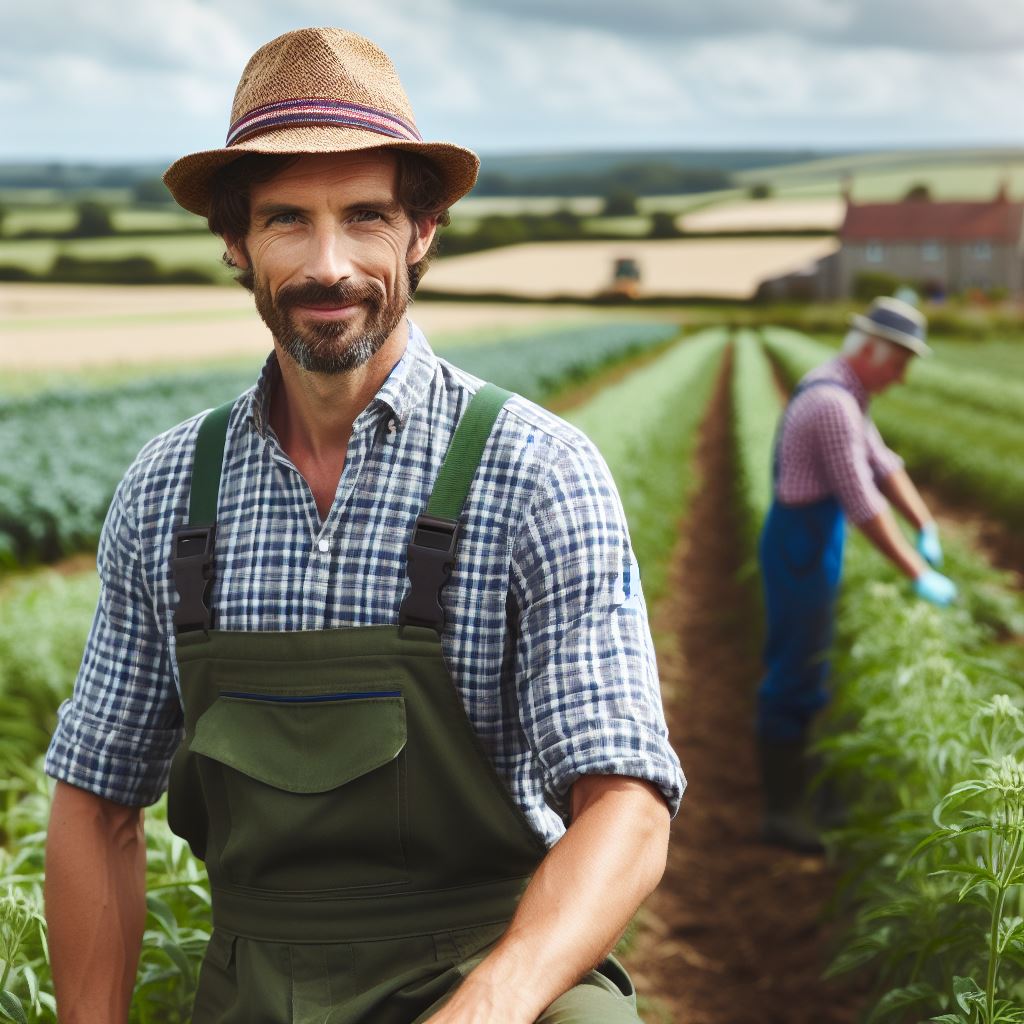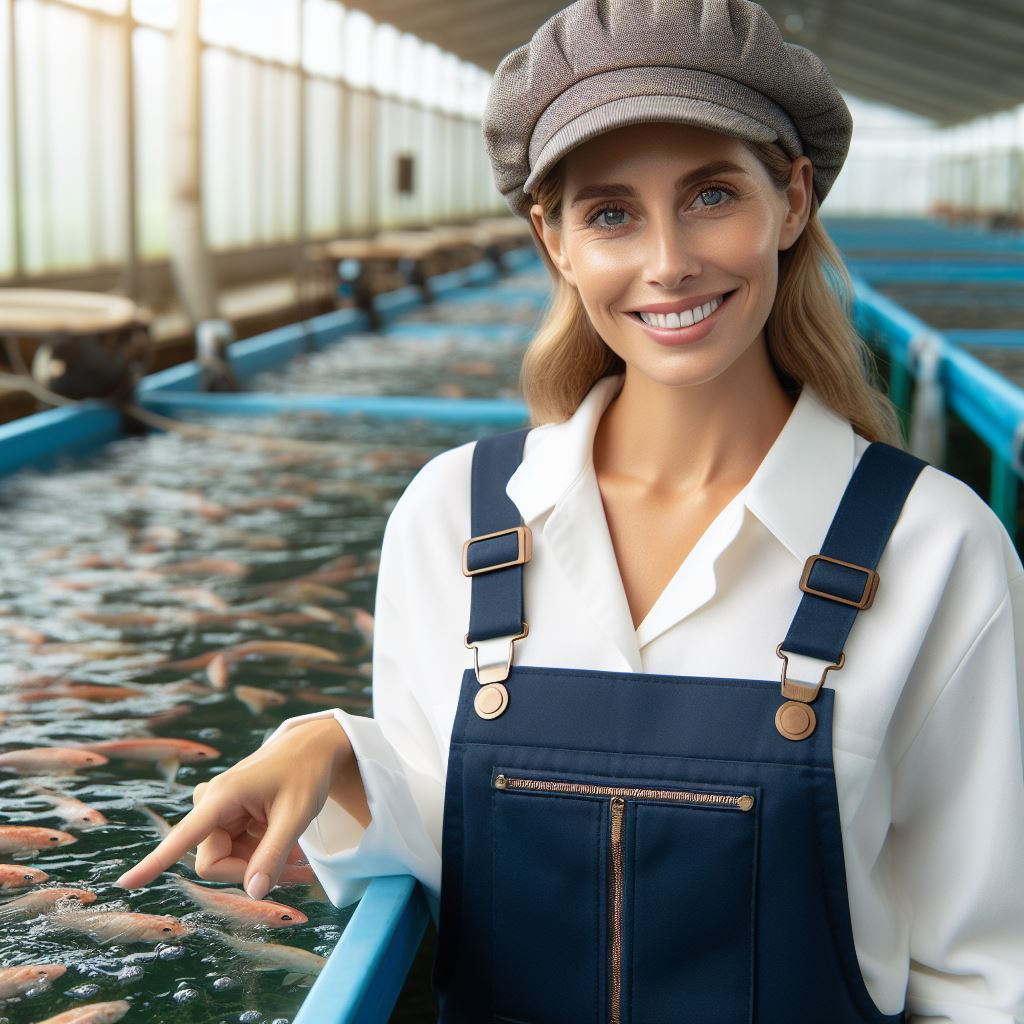Introduction
Dairy Farming Importance
Dairy farming stands as a cornerstone of the United Kingdom’s agricultural tapestry, playing a vital role in shaping the nation’s economic landscape and ensuring food security.
The dairy sector extends beyond mere milk production; it embodies a complex network of farmers, processors, and distributors.
This section unravels the layers of significance woven into the fabric of UK dairy farming.
Blog Purpose Overview
- Multifaceted Exploration: In delving into the depths of dairy farming, this blog illuminates its diverse facets, reaching beyond conventional perceptions. From milk production to by-products, the industry’s complexity unfolds.
- Economic and Nutritional Significance: Beyond monetary contributions, dairy farming is crucial for providing a rich source of nutrition to the population. The blog will underscore how dairy sustains both economic growth and public health.
- Sustainable Practices and Technological Advancements: A spotlight on sustainable farming practices and cutting-edge technologies reveals the industry’s commitment to environmental stewardship and efficiency. From robotic milking to eco-friendly initiatives, innovation is reshaping dairy farming.
History of Dairy Farming in the UK
Early development of dairy farming
- In the UK, dairy farming can be traced back to the Neolithic era when cattle were first domesticated.
- The Celts and Romans played a significant role in the early cultivation of dairy farms.
- During the medieval period, monasteries became centers of dairy production, especially for cheese making.
- By the 18th century, advancements in selective breeding led to the improvement of dairy cattle breeds.
- Increased demand for dairy products as well as improvements in transportation methods further boosted the industry.
Significant milestones and advancements
- The establishment of the Royal Agricultural Society of England in 1838 was a key milestone for dairy farming.
- In the late 19th century, Louis Pasteur’s discovery of pasteurization revolutionized milk preservation.
- The introduction of milking machines in the early 20th century increased efficiency and productivity on dairy farms.
- Further advancements, such as bulk milk tanks and improved breeding techniques, continued to modernize the industry.
- In recent years, the adoption of automation technologies like robotic milking systems has further transformed dairy farming.
Impact of dairy farming on the UK economy
- Dairy farming plays a vital role in the UK’s agricultural sector, contributing significantly to its economy.
- It provides employment opportunities for thousands of farmers, farm workers, and individuals involved in dairy processing.
- The UK is known for its high-quality dairy products, which have a strong domestic and international market demand.
- The industry generates substantial revenue through exports, contributing to the country’s overall trade balance.
- Dairy farming also supports related industries, such as animal feed production, veterinary services, and equipment manufacturing.
- It plays a crucial role in rural development and maintaining the cultural heritage of agricultural communities.
Overall, the history of dairy farming in the UK showcases its evolution from ancient practices to modern techniques.
The industry’s significant milestones and advancements have shaped it into a crucial sector of the UK economy.
Dairy farming thrives, adapting to technology, driving economic impact, creating jobs, and producing top-quality dairy products for global consumption.
Types of Dairy Cattle in the UK
Popular Breeds in the UK
- Holstein: The Holstein breed is highly popular in the UK and known for its high milk production capability.
- Jersey: Jerseys are another common breed in the UK, prized for their high butterfat content in milk.
- Guernsey: Guernsey cows are well-known for their golden milk, which is naturally high in butterfat and protein.
- Ayrshire: Ayrshire cattle are known for their adaptability to various climates and their ability to produce high-quality milk.
- Brown Swiss: This breed is recognized for its strong build, longevity, and the ability to produce milk with high butterfat content.
Characteristics and Qualities of Each Breed
Holstein
- Large size and black and white coat pattern.
- Excellent milk production, averaging around 22,000 liters per year.
- Adapt well to various management systems but require ample feed and space.
Jersey
- Smaller in size with a fawn coat color.
- Known for their excellent milk quality, high butterfat, and protein content.
- More efficient in feed conversion compared to other dairy breeds.
Guernsey
- Medium-sized breed with a reddish and white coat pattern.
- Golden milk with high butterfat and protein content.
- Well-suited for grazing systems and known for their docile temperament.
Ayrshire
- Medium to large-sized cows with varying coat colors.
- Known for their adaptability to different climates and terrain.
- Efficient grazers and suitable for both grazing and intensive feeding systems.
Brown Swiss
- Large and strong breed with a light brown to gray coat color.
- Known for their longevity and adaptability to harsh climates.
- Milk contains high butterfat and protein, suitable for cheese and butter production.
Understanding the different characteristics and qualities of each breed can help farmers make informed decisions when establishing a dairy farm.
Selecting the right breed based on the farm’s goals, available resources, and management system is crucial for success.
In the UK, Holsteins dominate the dairy industry due to their remarkable milk production, despite requiring more feed and space.
Jerseys, with their high butterfat content, are suitable for farms focused on producing premium dairy products.
Guernseys, renowned for their golden milk, are preferred by those looking to produce specialty products.
Ayrshires, known for adaptability, are versatile for different systems. Brown Swiss, with their durability and high milk components, are suitable for challenging environments.
Each breed has its unique advantages and considerations. It is essential for farmers to assess their farm’s requirements and select a breed that aligns with their goals.
Proper management and care, alongside breed selection, contribute to a prosperous dairy farming venture in the UK.
Read: Aquaculture in the UK: Education Pathways
The Dairy Farming Process
Breeding and raising dairy cattle
Breeding and raising dairy cattle form the backbone of a robust dairy industry. This section explores key aspects:
Significance of Cattle Breeding
Active breeding enhances genetic traits, ensuring healthier and more productive dairy cattle.
Selecting Breeding Stock
- Choose cows with high milk yields.
- Consider genetic traits for disease resistance.
- Optimize breeding for desired characteristics.
Calf Care
- Implement proper nutrition from birth.
- Monitor health and vaccination schedules.
- Foster a comfortable and hygienic environment.
Growth and Development
- Ensure balanced nutrition for growth.
- Monitor weight and height milestones.
- Implement appropriate healthcare practices.
Reproductive Management
- Optimize breeding cycles for efficiency.
- Monitor estrus signs for timely mating.
- Utilize artificial insemination techniques.
Sustainable Practices
- Embrace eco-friendly farming methods.
- Implement waste management strategies.
- Prioritize animal welfare for sustainable dairy farming.
Managing dairy cow nutrition and health
- Selecting high-quality dairy breeds for better milk production and overall farm productivity.
- Providing proper nutrition and healthcare to ensure the well-being and reproductive success of the cattle.
- Implementing effective breeding management techniques to optimize genetics and maintain a healthy herd.
- Conducting regular health checks, vaccinations, and disease prevention measures to minimize health risks.
- Creating a balanced diet consisting primarily of forages, grains, and supplements to meet the nutritional demands of the cows.
- Monitoring feed quality and quantity, ensuring adequate water supply, and maintaining proper feed storage conditions.
- Regularly assessing the cow’s health status, including body condition scoring, and promptly addressing any health issues or concerns.
- Engaging with veterinarians and nutritionists to develop customized feeding programs and preventive health plans.
Milking procedures and equipment
- Establishing a proper milking routine with consistent schedules to promote milk letdown and ensure cow comfort.
- Utilizing modern milking equipment, such as milking machines, to enhance efficiency and maintain milk quality.
- Implementing strict hygiene practices, including regular udder cleaning, pre-milking teat disinfection, and sanitizing milk storage containers.
- Monitoring milk production, conducting regular milk quality tests, and promptly addressing any abnormalities or contamination issues.
Milk storage and transportation
- Properly storing milk at low temperatures immediately after milking to maintain freshness and prevent bacterial growth.
- Utilizing refrigerated milk storage tanks or bulk milk coolers to maintain the desired temperature before transportation.
- Adhering to strict transportation standards and regulations to ensure milk quality and safety during transit.
- Maintaining good communication with milk processors or dairy cooperatives to ensure timely collection and delivery of milk.
Breeding and raising dairy cattle involves critical aspects. Managing their nutrition and health is paramount. Following proper milking procedures ensures quality.
Ensuring safe milk storage and transportation is essential.
Each of these stages requires careful attention and adherence to best practices in order to achieve optimal milk production and maintain high-quality dairy products.
Read: Aquaculture Equipment Essentials in the UK

Challenges and Opportunities in UK Dairy Farming
Environmental Concerns and Sustainability
- Limited access to water sources for irrigation poses a challenge to sustainable dairy farming.
- Managing and reducing greenhouse gas emissions from dairy farming is crucial for environmental sustainability.
- Ensuring proper waste management and reducing the carbon footprint of dairy farms is essential.
- Protecting biodiversity and natural habitats while increasing dairy production is a complex challenge.
- Adapting to the effects of climate change, such as extreme weather events, is a growing concern for dairy farmers.
Economic Factors Affecting Dairy Farming
- Fluctuating global market prices for dairy products impact the profitability of UK dairy farms.
- Rising production costs, including feed, labor, and energy, can adversely affect the economic viability of dairy farming.
- Trade policies and regulations, both domestically and globally, influence the competitiveness of UK dairy products.
- Managing price volatility and ensuring stable income for dairy farmers is a perpetual challenge.
- Balancing the need for affordable dairy products with fair prices that sustain the industry can be difficult.
Technological Advancements and Opportunities for Improvement
- Precision farming technologies enable better monitoring and management of dairy herd health and productivity.
- Automation and robotics present opportunities for improving efficiency in dairy farm operations.
- Advancements in genetics and breeding techniques contribute to better-quality dairy cattle and increased production.
- Digitalization and data analytics help farmers optimize feed usage, improve milk yield, and reduce costs.
- Implementing sustainable and eco-friendly technologies can enhance the reputation and marketability of UK dairy products.
Future Prospects for the Industry
- Meeting the increasing demand for dairy products, both domestically and globally, presents growth opportunities.
- Embracing sustainable practices and reducing environmental impact can ensure long-term viability.
- Developing value-added products, such as organic or specialty dairy products, can diversify income streams.
- Investing in research and development to address industry challenges will drive innovation.
- Strengthening partnerships and collaborations across the dairy supply chain can enhance competitiveness.
Most importantly, UK dairy farming faces various challenges but also offers numerous opportunities for improvement and growth.
Addressing environmental concerns, managing economic factors, embracing technological advancements, and considering future prospects are vital for a sustainable and prosperous dairy industry.
By overcoming these challenges and leveraging opportunities, UK dairy farming can contribute to food security, economic stability, and environmental sustainability.
Read: Aquatic Health Management by UK Experts
Regulations and Best Practices in UK Dairy Farming
Overview of regulations and standards
- The UK has strict regulations and standards in place to ensure the quality and safety of dairy products.
- The Food Standards Agency (FSA) is responsible for enforcing these regulations and monitoring dairy farms.
- These regulations cover various aspects such as hygiene, milk quality, labeling, and traceability.
Animal welfare practices and standards
- Dairy farmers in the UK follow the Five Freedoms principles to ensure the welfare of their animals.
- These principles include freedom from hunger and thirst, freedom from discomfort, freedom from pain, injury or disease, freedom to express normal behavior, and freedom from fear and distress.
- Regular veterinary check-ups, proper housing, and nutrition are essential for maintaining animal welfare standards.
- The UK has a robust certification scheme called Farm Assurance, which ensures farmers adhere to animal welfare practices.
Environmental regulations and sustainability initiatives
- Dairy farming has environmental impacts, and the UK has implemented regulations to mitigate these effects.
- Farmers are required to have proper waste management systems in place to reduce pollution and protect water sources.
- The Dairy Environmental Framework (DEF) sets guidelines for farmers to minimize greenhouse gas emissions and reduce their carbon footprint.
- The UK government encourages sustainable practices through initiatives like the Countryside Stewardship Scheme, which provides funding for environmentally friendly projects on dairy farms.
- Water conservation, energy efficiency, and responsible use of fertilizers are also promoted in the industry.
In essence, the UK has comprehensive regulations and best practices in place for dairy farming. These regulations cover various aspects, including quality, safety, animal welfare, and environmental sustainability.
Dairy farmers adhere to strict standards to ensure the welfare of their animals and minimize environmental impacts.
By following these regulations and initiatives, the UK dairy industry continues to produce high-quality dairy products while maintaining sustainability for future generations.
Read: Aquaculture Law: UK Regulations Explained
Career Paths and Opportunities in UK Dairy Farming
Roles and responsibilities on a dairy farm
- Farm managers oversee the day-to-day operations and make strategic decisions.
- Dairy herd managers take care of the health, welfare, and productivity of the cows.
- Milkers milk the cows and ensure proper milking procedures are followed.
- Crop managers are responsible for growing and maintaining the crops that feed the cows.
- Maintenance workers handle repairs and maintenance of farm equipment and buildings.
- Administrative staff handle paperwork, financial management, and record-keeping.
- Lab technicians handle milk testing and analysis to ensure quality standards are met.
Education and training requirements
- Agricultural qualifications such as a degree in Dairy Herd Management or Agriculture are beneficial.
- Practical experience through internships or apprenticeships is highly valued.
- Training in areas such as animal husbandry, milk production, and farm management is essential.
- Continuing education and staying updated on industry practices are important for career advancement.
Job opportunities within the industry
- Dairy farming offers a range of career opportunities in both management and hands-on roles.
- Experienced individuals can progress to higher-level positions such as farm consultants or industry advisors.
- There is a demand for skilled employees in areas like animal nutrition, genetics, and sustainable farming practices.
- Opportunities exist within research and development, as well as in agricultural consultancy firms.
- Entrepreneurial individuals can start their own dairy farms or diversify into value-added products like cheese or ice cream.
- The industry also provides opportunities for collaboration and partnerships with other farmers or businesses.
UK dairy farming offers a dynamic and rewarding career path with a variety of roles and opportunities.
Whether you are interested in farm management, working directly with cows, or contributing to sustainable agriculture practices, there is a place for you in the industry.
Personalized UK Career Consulting
Receive tailored career guidance designed just for you. Get actionable steps and expert support to boost your career in 1-3 days. Take control of your career now.
Get StartedSee Related Content: Urban Farming in the UK: Opportunities and Trends
Delve into the Subject: UK Farming: Challenges and Rewards Explained
Conclusion
Dairy Farming Importance Recap
Dairy farming in the UK is indispensable, anchoring the nation’s economy and ensuring nutritional well-being.
- Economic Pillar: Dairy farming is a cornerstone, contributing significantly to the UK’s economic fabric.
- Nutritional Nexus: Beyond economics, it serves as a vital source of nutrition for the populace.
- Sustainable Practices: The industry embraces innovative and sustainable practices for environmental stewardship.
- Technological Integration: Cutting-edge technologies, from robotic milking to efficient storage, redefine dairy farming efficiency.
Encouragement to Support
Explore the world of UK dairy farming. Support local farmers, appreciate their efforts, and contribute to sustaining this vital industry.
[E-Book for Sale]
500 Cutting-Edge Tech Startup Ideas for 2024 & 2025: Innovate, Create, Dominate
$19.99 • 500 Tech Startup Ideas • 62 pages
You will get inspired with 500 innovative tech startup ideas for 2024 and 2025, complete with concise descriptions to help you kickstart your entrepreneurial journey in AI, Blockchain, IoT, Fintech, and AR/VR.




